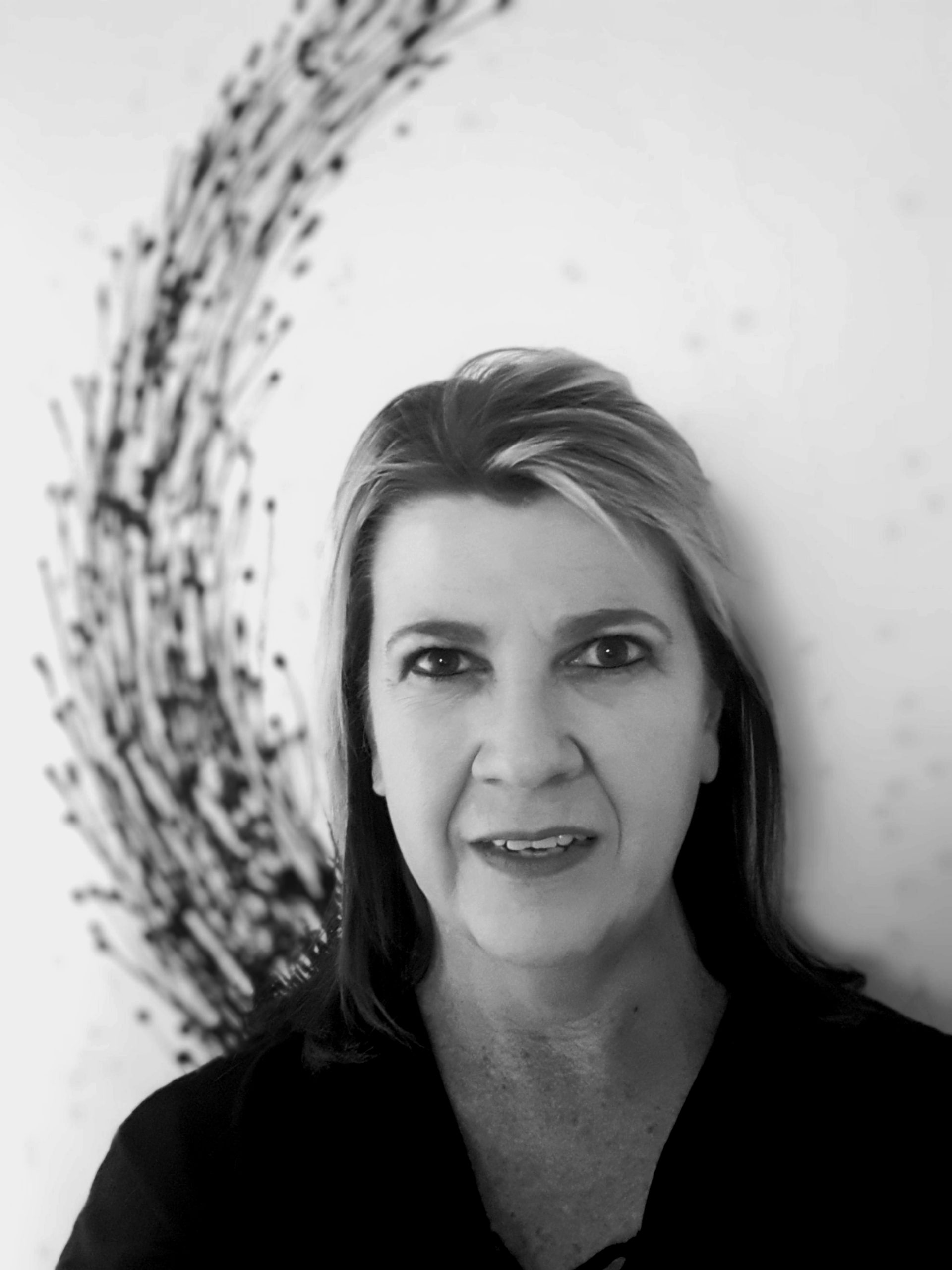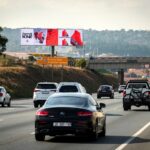 By Trish Guilford, General Manager of the OMC
By Trish Guilford, General Manager of the OMC
 Have you ever wondered what the correct way is to measure the reach of a Digital roadside billboard? Ahh, that’s right – take the reach, if the media owner is one of our members, or the traffic count, if they are not, and divide it by the number of ads in the loop you may answer. Well, you’re absolutely incorrect!
Have you ever wondered what the correct way is to measure the reach of a Digital roadside billboard? Ahh, that’s right – take the reach, if the media owner is one of our members, or the traffic count, if they are not, and divide it by the number of ads in the loop you may answer. Well, you’re absolutely incorrect!
To date there has been no scientific way of working out what the reach is of a digital panel. We all know that the above method is wrong but we haven’t had the ability to find the correct information in order to get a workable formula. We hate to say it, but many people have been using this incorrect method for a while now and therefore it’s time to set the record straight. The OMC is ecstatic to announce that we now have introduced a formula to calculate the viewability of digital ads and our valued members are able to supply their advertisers with realistic reach and frequency figures for their advertising on their digital panels. There is no more need to guess or divide by the number of ads in the loop.
“DOOH is growing stronger and more relevant every day in the South African media landscape. The growth in this format is attributed to factors such as inventory development across media owners’ screen improvements or developments and dynamic creative optimization. Advertisers have seen high value attributed to adding DOOH to their holdings over the years and the new OMC digital research methodology will enhance and grow the format even further. DOOH audiences are now standardised; accurately measured over different time frames and days of the week, delivering precise reach and impact figures to the advertisers. The versatility and credible data that backs DOOH places this format in a very strong position in the market” says Jorja Wilkins – OMC director
It’s been a long process of contacting OOH Joint Industry Research Committees, around the world to find out what the best practice is, of speaking to a number of international research houses and finally finding the formula and pieces of the puzzle that will ensure our figures are the most accurate possible.
The puzzle pieces include the static reach number of the panel, the speed at which the traffic is passing the panel, the day of the week or combination of days, the time of day, the duration of the advertisement being flighted, the number of advertisements in the loop and of course how long the loop is. This may sound really simple but when you try and find the traffic speed on a section of road, its not as simple as phoning a friend!
The OMC’s technical advisors, Kuper Research, have successfully found all the puzzle pieces for our members and have pulled together all the information into the workable formula.
Lauren Shapiro, Director of Kuper Research, says “We have done extensive investigations across the globe to understand how we could best measure the viewability of ads on digital billboards. After much consultation we have adopted a tried and tested formula established by a consortium of OOH media owners in Europe, Australia and other countries and we have applied this to our unique South African circumstances. We have been fortunate to have had the opportunity to learn and share information with the international world of DOOH research. We are thrilled with the results and with the fact that the OMC can now provide DOOH media owners, buyers and planners with data that is mathematically based and not a simple guestimate”.
One may wonder what the big fuss is all about, so let’s take a look at a hypothetical example: A digital panel is situated on a national highway in Gauteng. Against a target market of All Adults, this panel reaches 735 000 over a 4 week period with a total of 6.7 million impacts. The average frequency of exposure to this panel is 9.1 over the 4 week period. This is what you would get based on the static panel analysis for this site.
This site however is a digital panel and has a loop of 6 ads and the loop is 60 seconds long. The average speed Monday – Friday during morning drive time 06h00 -09h00 is 55 km/hour. The client’s advertisement is 20”.
Using our formula the reach would be 300 682 people (40.9%) over a 4 week period. The average frequency will remain the same and therefore the total impacts would be 2.7 million.
This is vast difference from taking 735 000 and dividing it by 6 as people have been doing to date. This incorrect way would give you a reach of 122 500 people.
This digital formula is a game changer for our OMC members with digital panels. We have no doubt that the media agencies and clients who are advertising on these panels will also be extremely happy that they can now report realistic results for campaigns whether a single panel or a package.
“The new OMC digital research methodology now gives us the ability to measure reach, frequency and impacts for all our members’ digital billboards in a consistent way and will do a lot in standardising digital billboard audience figures in the industry. We can now accurately calculate day part audiences and do very accurate cost comparisons for advertisers which will further drive growth for DOOH in South Africa which is very exciting indeed” says Jacques Du Preez (OMC director).
Another first for our OMC members that now provides them with the ability to compete very effectively with other media channels such as television and radio.
About the Outdoor Measurement Council – http://www.omcsa.org.za/
The OMC (Out of Home Measurement Council) is a non-profit Joint Industry Committee that has been incorporated to provide buyers of Out of Home Media with a currency and survey that allows for efficient and accurate OOH planning. It produces consolidated, inclusive and representative research covering the key OOH formats, commencing with Static Roadside panels in South Africa including the panels from all Out of Home participating Media Owners. The JIC aims to market and grow the OOH advertising industry within South Africa.
- MRF Unveils Latest MAPS® Data - 20th February 2025
- The BRC announces changes to the board and updates for 2025 - 17th December 2024
- Top 50 DSTV TV programmes – October 2024 - 12th November 2024






